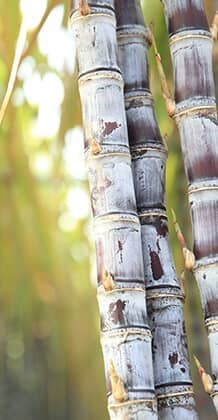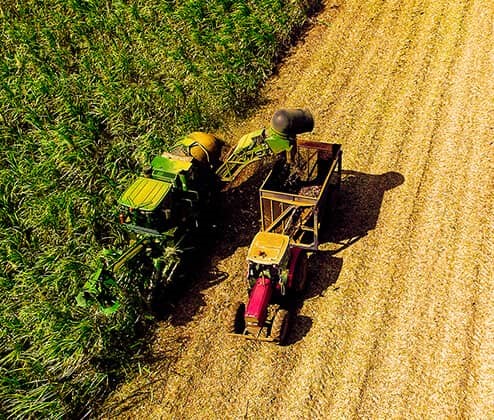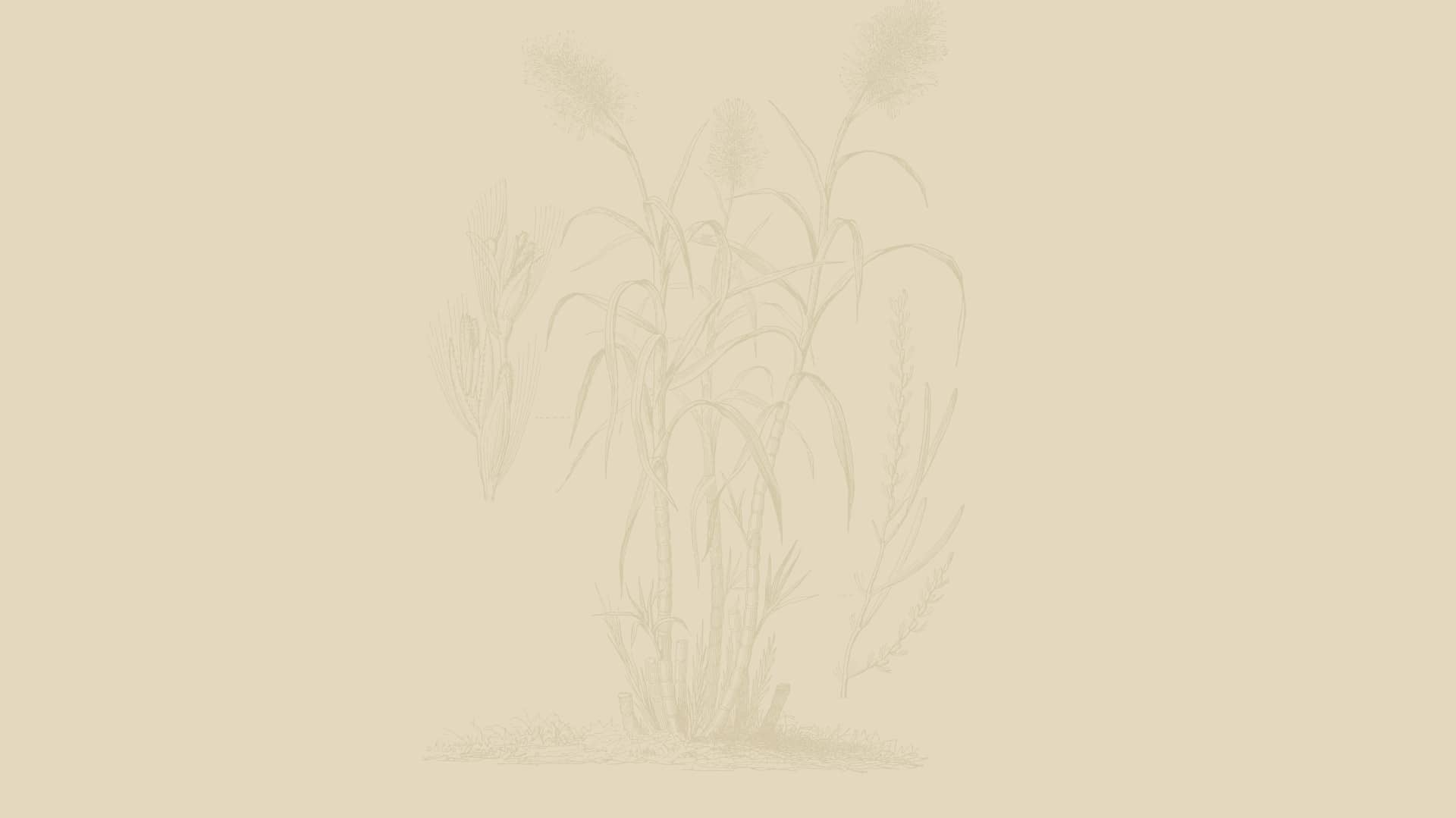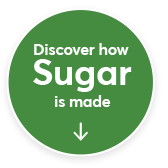There is so much more that sugar does than just sweetening drinks - It is impossible to replace it with a single ingredient!
Besides being a flavour enhancer, sugar raises the boiling point in jams and lowers the freezing point in ice cream. It is a natural preservative, essential in the chemical reactions in cake, biscuit and bakery production. Sugar plays an important part in the texture, body, colour and viscosity of food and drink products.
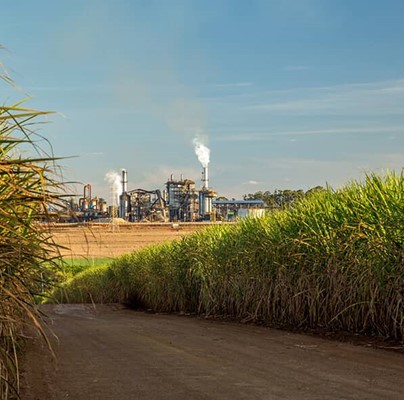
Calorie Content of Sugar over Honey
A teaspoonful of sugar contains only 16 calories… honey has 21 calories per teaspoon
Flowers last longer with…
a spoonful or two of sugar in the water in the vase.
Keep cheese free from mould by…
putting it in an airtight container with a spoonful of sugar in each corner.
Softening Lumpy Brown Sugar
To soften hardened, brown sugar, keep it in a jar or container overnight with a damp towel or cloth over the opening of the jar/container.

Healing Power of Sugar: Wounds
A study has shown that sugar in its purest form can be used to treat wounds. It does so by cleaning the wound and speeding up the growth of blood vessels.
Sugar vs. Alcohol and Fat
Sugar has only four calories per gram compared to alcohol which has seven calories per gram and fat which has nine calories per gram.
Fat 9c/g
Alcohol 7c/g
Protein 4c/g
Sugar/Starch 4c/g
Remove Grass Stains using Sugar
If you have a grass stain on your clothes, mix some sugar and water into a paste then put it on your stain. Leave for a couple of hours and then wash as usual.
Purpose of sugar
Sugar does so much more than just sweeten foods and drinks. It is impossible to replace it with one single ingredient when you consider the multi-functional properties it has.

What is Sucrose?
Sucrose, which is the chemical name for sugar, is a simple carbohydrate. It contains one molecule of glucose attached to one molecule of fructose.
Does sugar contain preservatives?
Sugar is pure and contains no preservatives or additives.
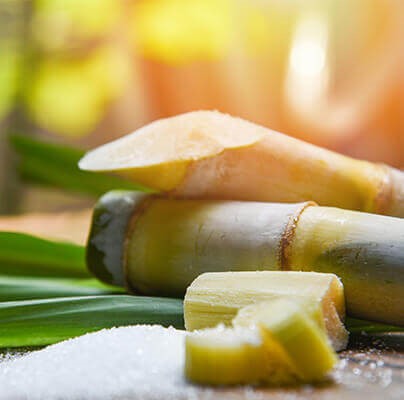
How to keep biscuits and cakes fresh?
You can keep cakes and biscuits fresher by storing them in an airtight container with some lumps of sugar.
Sugar is produced by plants during photosynthesis
They turn energy from the sun into food. Water and minerals from the ground travel from the roots to the stems and leaves. CO2 is absorbed from the air by the green leaves. The chlorophyll in the green leaf cells absorb energy from sunlight. CO2, water and energy from sunlight are used for making sugar.
Homemade Body Scrubs using Sugar
Make a nourishing body scrub by using raw sugar mixed with a nice rich oil like almond oil, and add fragrant essential oils like peppermint, ylang-ylang or vanilla.
Importance of Sugar in Everyday Life
Sugar, also known as sucrose, is a carbohydrate containing one molecule of glucose attached to one molecule of fructose. Carbohydrates are the number one source of energy for the human body. Glucose is what the body needs to function by providing the fuel for the brain, organs and muscles.
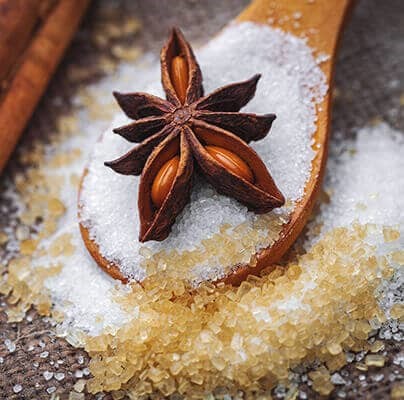
How to prevent cement or glue from setting quickly?
Sugar slows the setting process of cement and glue
Uses of Sugar
Sugar is a sweetener, a flavour enhancer, it provides texture, mouthfeel, it is a preservative, it is part of the fermentation process in brewing and baking. Sugar raises the boiling point in jams and lowers the freezing point in ice creams and sorbets.

Healing Power of Sugar: Burns
If you burn your tongue from a hot drink, chillies or food, sprinkle a spoonful of sugar on the affected area to get relief.
Sugar as Remedy for Wounds
Use sugar to stop small wounds from bleeding by sprinkling some sugar over the wound and apply some pressure. The sugar absorbs the moisture in the wound. You can also make a sugar syrup, two parts sugar with one-part water, to put over a wound.
Sugar as Grease Remover
If you have greasy hands from working on your car or bike, mix some sugar and dish-washing liquid together to clean them.
How is Sugar Made?
- After harvesting, sugar cane is processed by crushing and shredding the stalks to remove juice at the sugar mill. (The separated stalk is called bagasse and burnt to produce thermal energy).
- The juice is boiled until it is thickened and crystallised.
- The crystals are spun in a centrifuge and the crystals (raw cane sugar) and liquid juice are separated.The raw cane sugar is moved to the refinery to separate and remove the molasses and impurities
- The raw cane sugar is dissolved in hot water, filtered and re-crystallised from a clear syrup.
- The crystallised, refined sugar is now dried.
Many useful by-products are obtained from the processing of sugarcane at the mill. Bagasse is burnt to produce thermal energy and provide a reliable renewable source of electricity for the national grid. Molasses is fermented to produce bioethanol, carbon dioxide and concentrated molasses stillage (CMS). Bioethanol is an essential ingredient in hand sanitizers, carbon dioxide is supplied to soft drink producers while the CMS is applied in sugarcane fields as biofertilizer.
